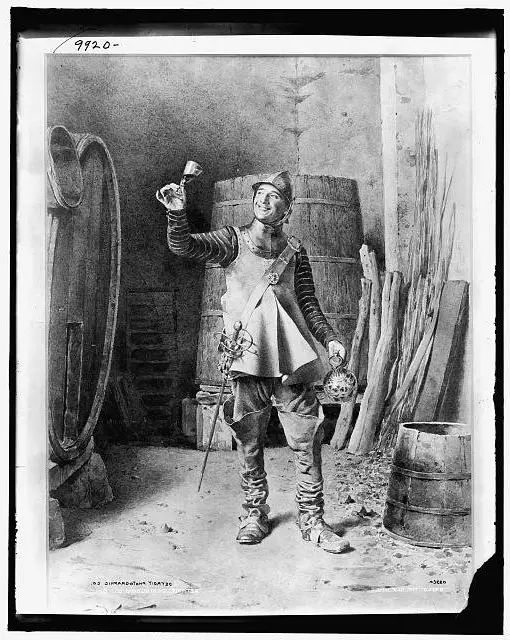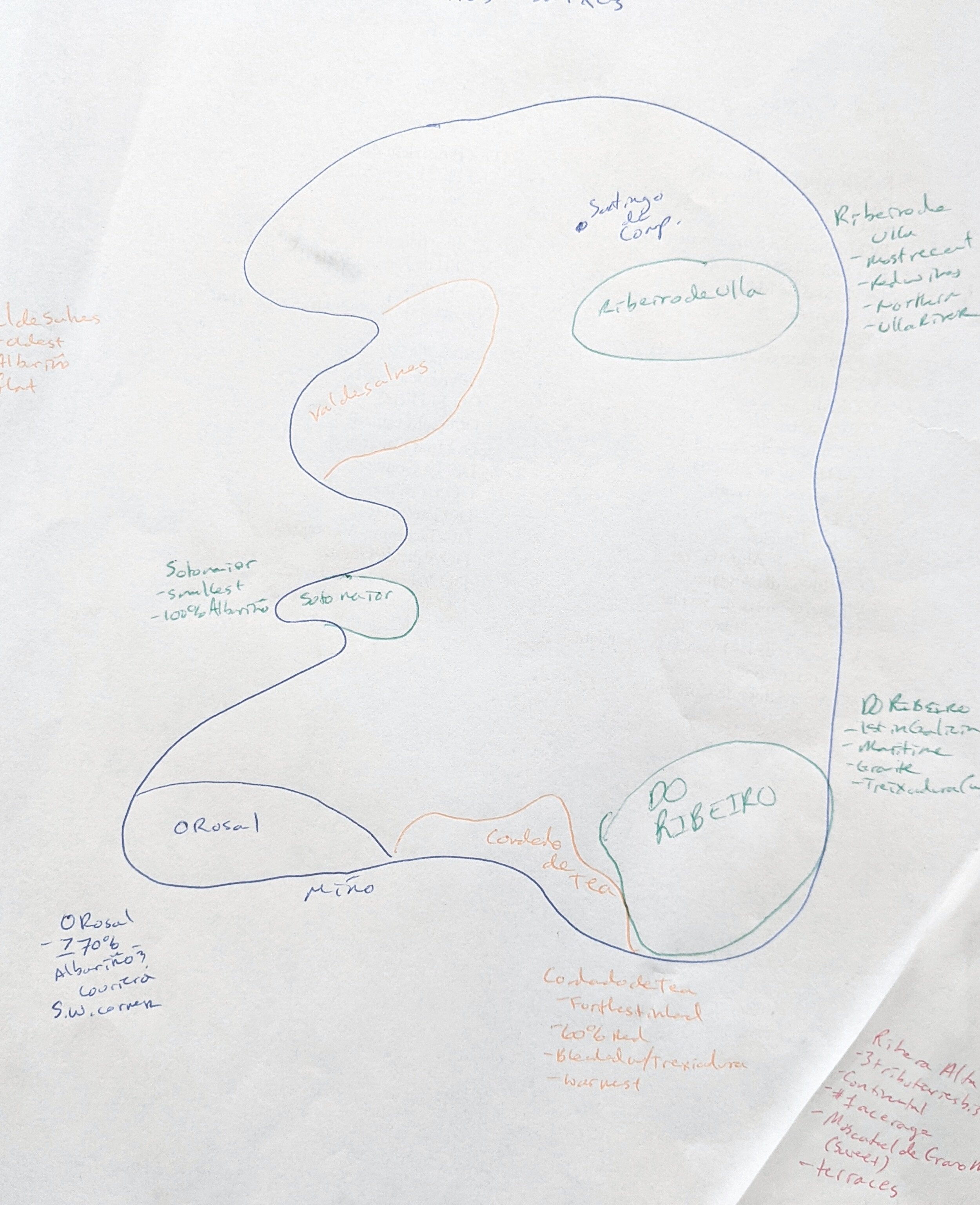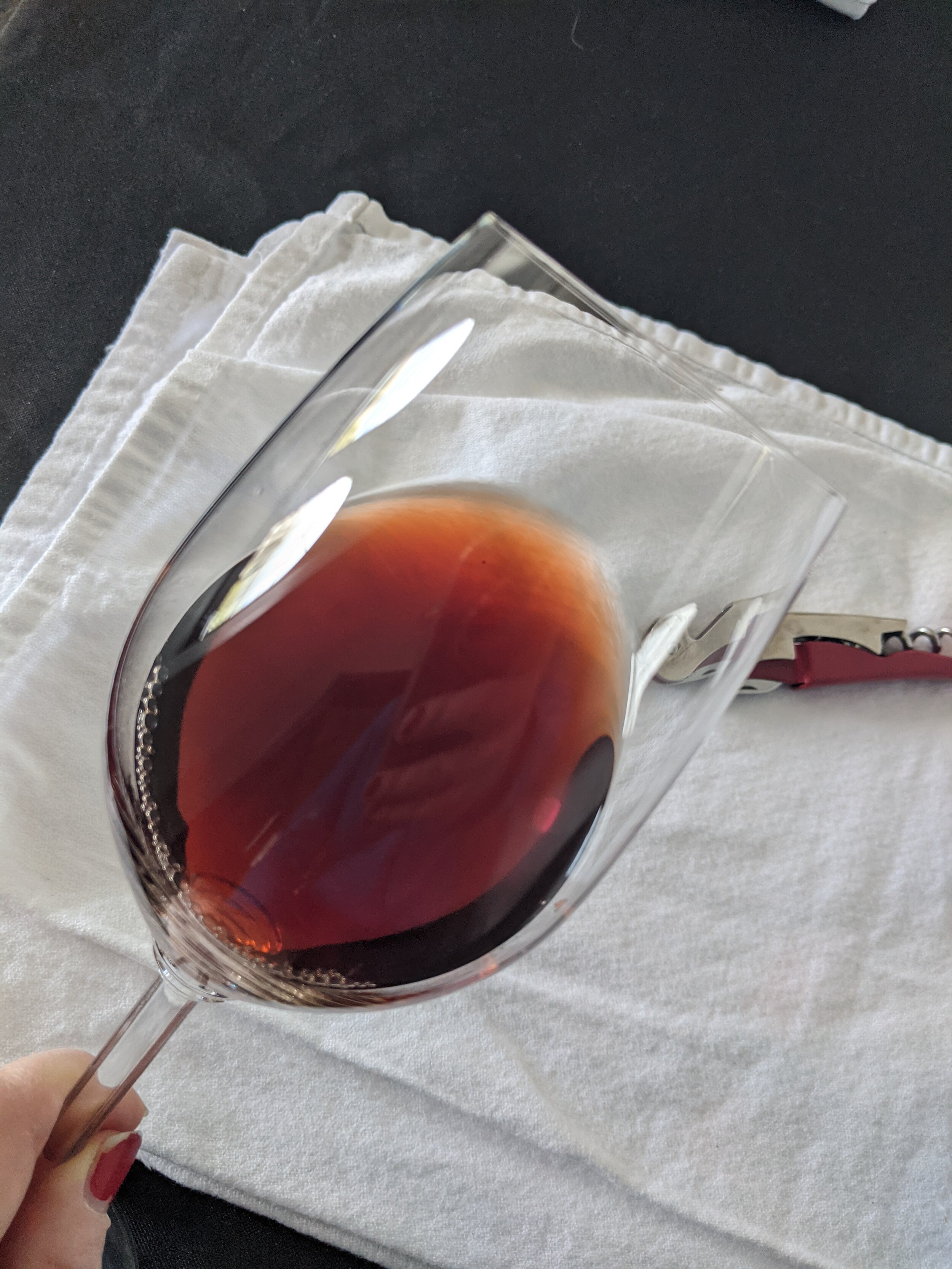
Close your eyes and conjure images of Spain. What do you envision? Plazas. Palaces. Windmills. Wine. And the Spanish Wine Scholar exam.
The Spanish Wine Scholar (SWS) program, through the Wine Scholar Guild, is the perfect opportunity for wine students to get an in-depth look at the exciting wines emerging from Spain today. Here are 14 strategies you need to pass the SWS exam, to include: get the book, read the errata sheet, preview the materials, take notes, pay attention to outliers, find materials by Rick Fischer, know the glossary terms, use the portal materials, and supplement when needed.
- Why Take the Spanish Wine Scholar Program?
- 1. SWS Exam Strategy: Get the Spanish Wine Scholar Book.
- 2. Spanish Wine Scholar Exam Strategy: Read the Spanish Wine Scholar Errata Sheet.
- 3. Spanish Wine Scholar Exam: Preview by Reading the Book.
- 4. SWS Exam: Take Notes in the Book.
- 5. How to Pass the Spanish Wine Scholar Exam: Pay Attention to Outliers.
- 6. Spanish Wine Scholar Test: Find YouTube Videos with Rick Fisher.
- 7. Watch the SWS Portal Videos with Rick Fisher.
- 8. Know Glossary Terms.
- 9. Use the SWS Portal Flashcards.
- 10. Pass the Spanish Wine Scholar Exam: Use the DO List to Review.
- 11. Use the SWS Portal Maps.
- 12. Take the SWS Portal Practice Exam.
- 13. Explore Outside Resources for Hard-to-Remember DOs.
- 14. Focus on Big-Picture Details.
- What I Learned in the Spanish Wine Scholar Program
- Final Thoughts – How to Study for the Spanish Wine Scholar Exam
- Thirsty for More?
Why Take the Spanish Wine Scholar Program?
Dry landscapes dotted with long-abandoned castles. A colorful mirage of flamenco dancers, heels clacking. Plates of artisanal rice, saffron yellow topped with snails, and steam curls. Church knaves gilded from centuries of conquest.
Man has made the Iberian Peninsula home for millennia, and today Spain’s culture reflects a complicated history born out of civilizations long passed.
For wine students, Spain offers up a country relatively new to the world wine market.
Yes, the Phoenicians introduced viticulture and winemaking some 3,000 years ago, but Phylloxera, Civil War, World Wars, and the Franco Regime meant that Spanish wines stagnated through most of the 20th century.
Surprisingly, there was limited information about what to expect from the SWS program on my go-to online wine education forums.
I did learn, however, that the program is a recent addition to the Wine Scholar Guild. In retrospect, this parallels Spain’s late arrival as a world-class wine producer.
This post is dedicated to study tips for the Spanish Wine Scholar program and test. Study advice that I would have liked to have had at the outset of my endeavor.
1. SWS Exam Strategy: Get the Spanish Wine Scholar Book.
Get a physical copy of the most recent edition of the book. The publisher does an amazing job with colored maps, images, and call-out text. The book is organized by geographical region (e.g., Green Spain, the Duero Valley, La Meseta, etc.).
The text’s organization is intuitive and you’ll soon know exactly where in the book a piece of information is located.
The regions are color-coded yellow and red in homage to España. Clever. The book also has a great glossary.
2. Spanish Wine Scholar Exam Strategy: Read the Spanish Wine Scholar Errata Sheet.
The Spanish Wine Scholar online portal has an errata sheet. Errata sheets are updates to the current textbook with corrections or new additions to regulations.
The first half includes information that can be tested.
The second half contains information that hasn’t been integrated into the test *yet*.
Take 10 minutes and go through the errata sheet and physically change that information in your textbook before you start the program.
This way you’ll spend time memorizing the correct facts and won’t have to go back and try to unlearn outdated details (I speak from experience).
3. Spanish Wine Scholar Exam: Preview by Reading the Book.
If you’re taking the class with a teacher, read the chapters you’re going to cover ahead of each study session.
There is a ton of history, geography facts, and technical information on each region. Just skimming through the chapters ahead of time will help you with note taking and asking good questions during the classes.
Skip this step and you’re going to be scrambling trying to write everything down.
4. SWS Exam: Take Notes in the Book.
There’s too much to try and write down during the class.
But, if you’ve pre-read the information and you generally know the flow of the lecture, it’s much easier to annotate, underline, star, and make comments along the book’s margins during class.
5. How to Pass the Spanish Wine Scholar Exam: Pay Attention to Outliers.
Important Keywords: biggest, oldest, newest, wettest, northernmost, first, flattest, driest, longest – and any other ‘est’ you happen to come across.
6. Spanish Wine Scholar Test: Find YouTube Videos with Rick Fisher.
I’ve never met Rick Fisher, but I imagine that I would greatly enjoy a lazy afternoon in a Spanish plaza sipping something grapey and chatting with this learn-ed gentleman.
Rick Fisher wrote the Spanish Wine Scholar textbook.
As an expert on all things Spanish Wine, he’s a frequent guest speaker on different YouTube channels that feature Vinos de España.
He does a fabulous job distilling key features of the different Spanish wine regions and what makes the wines of that particular region delicious for a lay audience.
Listening to him in this context helped me sift through the text more easily and remember the salient points.
He also sprinkles in curious regional details that aren’t in the textbook, making for sticker memories.
I didn’t know, for example, that the majority of winemakers in Rías Baixas were women. Not in the textbook. But I find it a nice reference point.
7. Watch the SWS Portal Videos with Rick Fisher.
These videos, like the textbook, are dense. Narrated by Señor Fisher, the videos get divided into history, geography, climate, and grapes.
They are short, 1-6 minutes, but deliver almost all of the facts you need to know. I tried to watch them before reviewing the textbook, but there was too much.
I found them more helpful as mid-chapter reviews and then a consolidated review before the exam.
At a certain point, I was able to imagine Rick Fisher’s voice narrating the textbook. Again, seems like a lovely man that I’d like to sit down with to discuss the finer details of 20th century Spanish politics and wine.
8. Know Glossary Terms.
You should know all of the terms in the glossary.
9. Use the SWS Portal Flashcards.
The Spanish Wine Scholar portal has about 300 pre-made flashcards. The deck isn’t as flexible as Quizlet and you can’t edit them, but they reflect the kinds of information you’d need to know to pass the exam.
I did make a Quizlet but ended up using the online deck instead. There are several Quizlet decks from previous SWS students. Some of them are ridiculously detailed.
Those students may be working on a Master Somm or Master of Wine test – or maybe they really like wine minutia and port-induced wine trivia, but that’s above the SWS exam level.
Don’t be overwhelmed by those Quizlet decks.
10. Pass the Spanish Wine Scholar Exam: Use the DO List to Review.
Have I mentioned how valuable the online portal is? If not, it’s a valuable resource. Explore it.
The portal has a PDF of all of the DOs by region, along with a small (!) near each one that is considered a ‘Need to Know’ DO.
You should be able to go through those (!) DOs and be able to list:
- Where is it geographically in Spain
- What are the key geographical features (rivers, mountain ranges, etc.)
- Key preferred varieties
- Is it tinto? Blanco? Rosado? Espumoso?
- Anything important historically (people, events, culture)
- Does it have an ‘est’ attached to it? (e.g., biggest, oldest)
- Any unique wine production (e.g., brisats, Fondillon, etc.)
11. Use the SWS Portal Maps.

The SWS portal has an abundance of maps on all-things Spain.
Apart from your typical regional maps, I found the Key Red and White Grape overlay maps and the Topographical map the most useful.
The Key Red and White Grape maps help you visualize what regions focus on Garnacha vs. Tempranillo, for example – which I kept going back to because this was a nuance that alluded me.
12. Take the SWS Portal Practice Exam.
Back to the portal. You’ll find a 20 question practice exam at the end of the online program. This has the same look/feel as the actual exam. I took it 4 times.
My first attempt was the first time I logged into the portal.
- I got an underwhelming 45%. The second time was halfway through the materials and I went up to 65%.
- The third time was 80% and we still had a few more chapters to go.
- My last attempt was during the review for the exam and I was comfortable with all of the material – 100%!
It was affirming to see those scores go up, but it also helped keep me motivated with the “you’ve got this” positive self-talk.
13. Explore Outside Resources for Hard-to-Remember DOs.
Not gonna lie, there are a couple of DOs in Spain that were a pain. Coming in with no reference points to history, geography, or local culture – let alone the wines – was a challenge.
Recommend doing a deep dive on those regions via Google Maps, YouTube, regional blogs, etc.
Anything that helps create deeper context.
This actually wasn’t an easy strategy. Many of the lesser-known wine regions aren’t well marketed. I had to use Spanish search terms and found interviews with producers in Spanish, which I know not everyone will be able to do.
Little bits of information dropped here and there helped bring things together.
Example: I learned that Garnacha Tintorera is Alicante Bouchet when a grower from DO Bierzo mentioned this off-hand in a video.
So, now I know that of course Garnacha and Garnacha Tintorera are not synonymous.
Technical Note: A teinturier grape means that it has both black skin and black pulp, as opposed to black skin and white pulp, which is the case for most back grapes. Think of your red grapes at the grocery store: black skin, white flesh.
14. Focus on Big-Picture Details.
This was my first Wine Scholar Guild exam. I was a little concerned that they were expecting us to memorize average annual rainfall, elevations, and production percentages.
Thank goodness this was not the case. Focus on major facts, players, events, and wine styles and you’ll be fine.
What I Learned in the Spanish Wine Scholar Program
Having lived and studied in Spain some years ago, I signed up for the course comfortable with my Spanish language skills and a general understanding of the country’s geography, provinces, and history.
The beauty of the SWS program is that it stitches together Spain’s story, culminating in a glass of fine wine.
It’s one thing to hear references to Spain’s diverse cultural heritage, but it’s another to journey through the region from Galicia down to the Canary Islands.
The program offers a depth of information that stirs curiosity and generates a thirst for more.
Anyone who loves history, wine, and the history of wine will find the program rewarding.
Now that I’m done with the exam, I’m reading the book Grape, Olive, Pig, by Matt Goulding. Goulding narrates Spain’s culture through its cuisine in this captivating historical food guide.
The book received wide accolades, all well-deserved. I highly recommend it.
Obviously, the program re-sparked my love of Spain and I find odd lines from long-forgotten Federico García Lorca poems seeping into my daily thoughts.
I’ve even gone so far as to indulge in Amazon’s The Vineyard miniseries, a mid-budget historical costume drama set around the owners of a late 19th century Sherry bodega suffering from financial mismanagement.
Less than historically accurate, but a good education in Spanish wine and vineyard terminology with the added benefit of a dashing hero and romantic tension. I’m watching it to work on my Spanish… she said.
Final Thoughts – How to Study for the Spanish Wine Scholar Exam

Our teacher, Mark Guillaudeu, gifted the class a tasting of the 1975 Viña Lanciano above after we finished our exams. And what a gift it was! I wish any readers who take on the Spanish Wine Scholar program every success!
I got a stunning 96% on the exam and would absolutely do it again.
Salud!
Thirsty for More?
Here are exam strategies I used for the WSET Diploma
Here’s what it’s like on your first day of an advanced wine tasting class.




